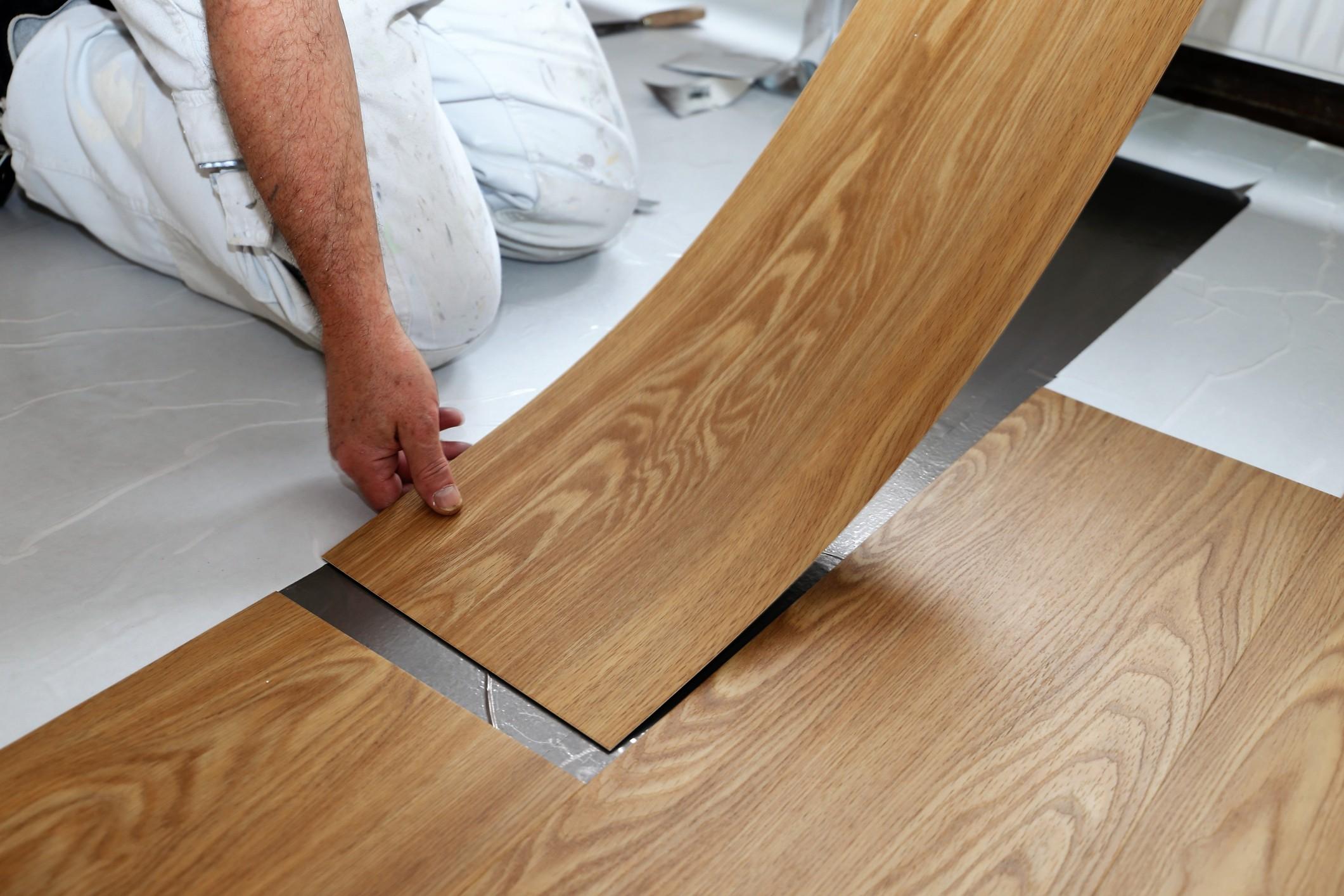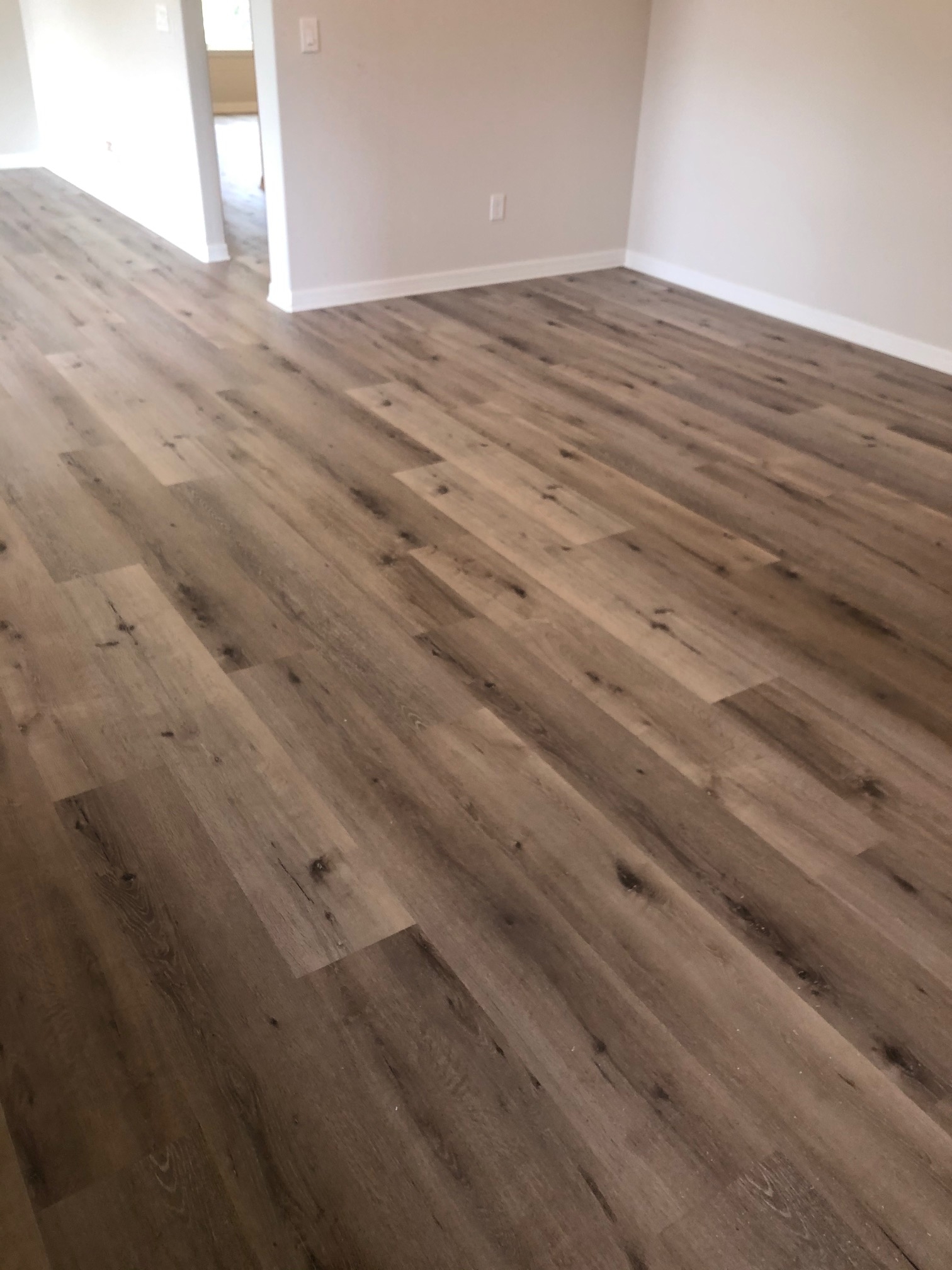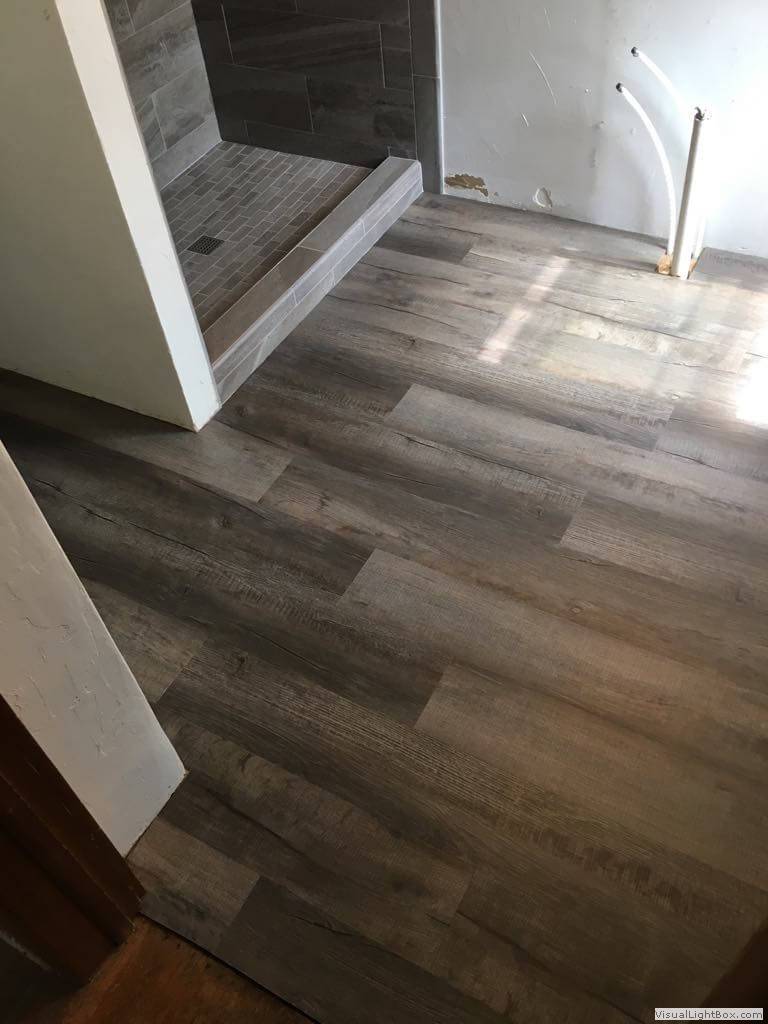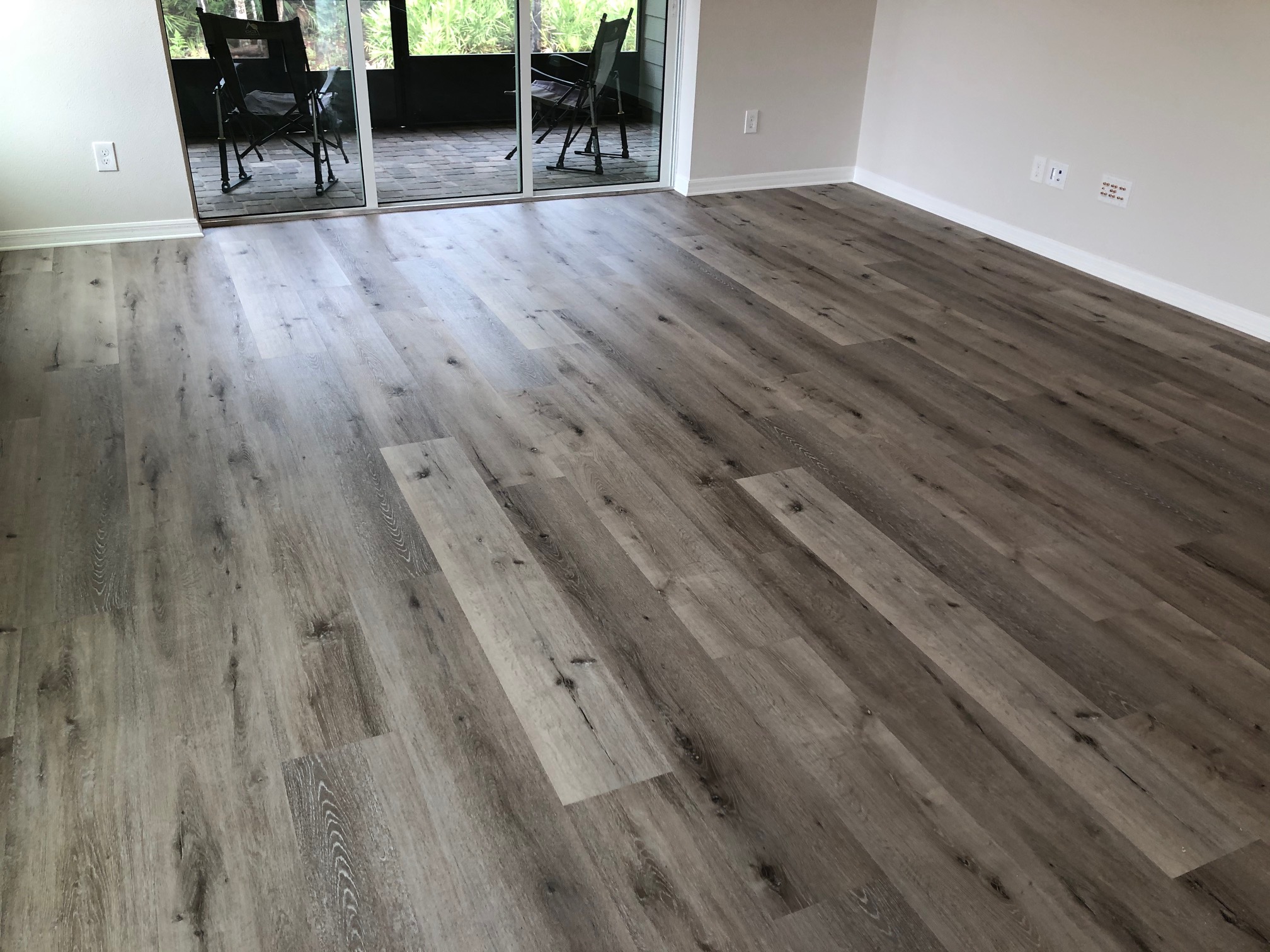

We have also developed a premium underlay product that makes the installation process even easier. To ensure this happens, we utilise Unilin click vinyl flooring - ensuring installation is a simple click-and-lock process. While both floating and glued vinyl planks are hard wearing, there is the chance that a plank of a floating floor could lift up – for example if heavy furniture is moved over it – and so a glue-down floor has the advantage that this is less likely to happen.Ī vinyl plank floor is made to last, but should an area need repair, this is a bit easier to do with a glue-down floor as new planks are simple to fit into the floor.įinally, if you’re planning to fit vinyl plank flooring in a large room, glue-down flooring probably has the edge in terms of stability because it is adhered to the subfloor.We believe that installing high-quality flooring in UK should be as quick and simple as possible. You can generally choose between glueing or floating vinyl plank flooring according to preference but where the floor needs to be water-resistant or even waterproof you should check that the vinyl plank type you’re interested in has these qualities. The alternative is a glue-down vinyl plank flooring that sticks to the subfloor. Interlocking vinyl plank flooring or GripStrip vinyl plank flooring both create floating floors. Is it better to glue or float vinyl plank flooring? Replace the baseboards after laying the vinyl planks. In this case, you should start from the room’s center rather than in the corners. Glue-down vinyl plank flooring requires you to apply the adhesive to the subfloor before laying the planks. Again, start by laying the first row along the wall. GripSure vinyl plank flooring has adhesive strips to connect the planks together. Start laying the flooring along one wall, working row by row.


Interlocking vinyl planks have tongue and groove joints and click together.

The planks should be installed according to their type, and you should always follow the instructions with your particular flooring. Don’t forget the expansion space needed between the walls and the planks check your planks for the manufacturer’s recommendation, and mark the distance. They should be fitted so the ends are staggered by about 6 inches between rows. The cut ends can be fitted against the wall so the baseboard conceals them. Divide the width of the room by the width of the planks of the vinyl plank flooring you have chosen to see if you’ll only need to trim the final row, or the first row as well.ĭry lay the planks and move them around so you’re content with the overall effect in terms of the plank color and appearance.Ĭut planks to the size and shape of the room. Their width should ideally not be less than half their uncut width. Why? Because it keeps the amount of cutting you have to do down.įirst, work out how wide the planks beside the walls should be. If you are wondering where you start laying vinyl plank flooring, the best place is perpendicular to the longest wall. It’s important to plan the installation at the beginning of the process.
#Vinyl plank free#
Take off and set aside the baseboards, and vacuum the floor so it is clean and free of debris. If the floor isn’t level, you will need to remedy this using a self-leveling product, or by sanding down as required. Remove any old flooring and make sure the subfloor is rigid, level and there are no cracks. Add between 10 and 20 per cent for wastage. You’ll need to accurately measure the floor area so you can buy the right amount of vinyl plank flooring. Floor roller (depending on specific vinyl plank choice).Hand roller (depending on specific vinyl plank choice).Tapping block and rubber mallet (depending on specific vinyl plank choice).Utility knife, vinyl cutter or possibly jigsaw or miter saw.
#Vinyl plank install#
To install vinyl flooring planks, you will need: To install vinyl plank flooring, follow the steps below.


 0 kommentar(er)
0 kommentar(er)
